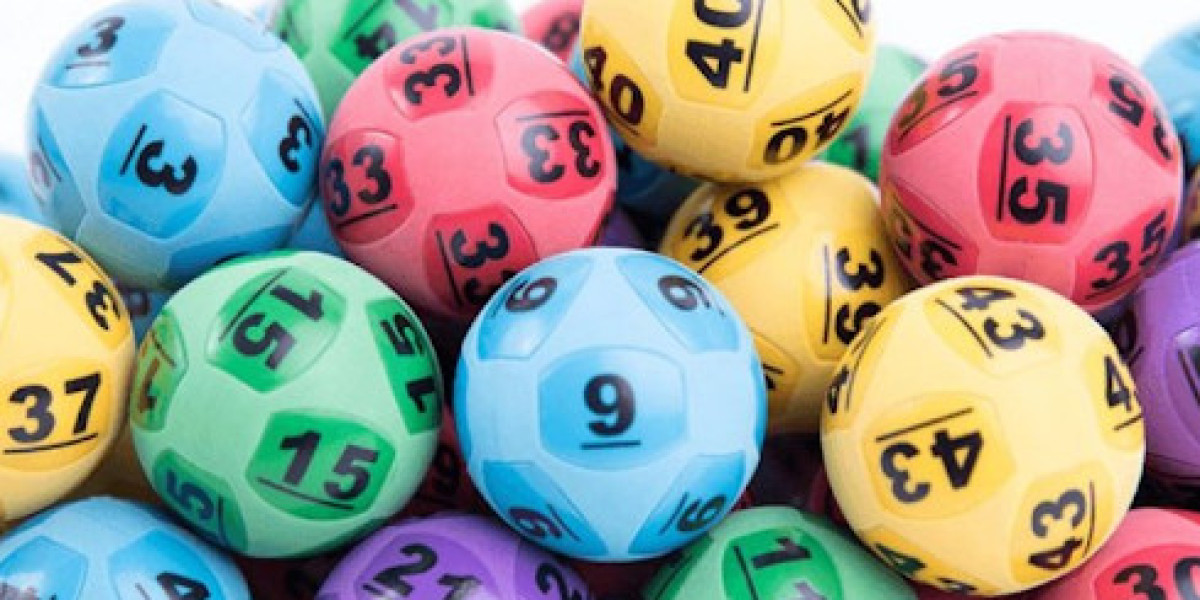Rice is one of the most important staple crops in the world, consumed by billions and playing a significant role in global agriculture. The production of rice, however, involves several factors that contribute to its cost. Understanding the Rice Production Cost is crucial for both small-scale farmers and large agribusinesses, as it helps in decision-making, planning, and forecasting. This article explores an extensive Rice Production Cost report, covering essential aspects like cost models, pre-feasibility analysis, industrial trends, labor charges, utilities, logistics, supply chains, lifecycle cost analysis, and a global and regional outlook.
Introduction: Understanding Rice Production Cost
The production cost of rice involves multiple components, such as land preparation, seed procurement, irrigation, fertilization, pest control, labor, machinery, utilities, and post-harvest handling. Each of these costs varies based on geographical location, scale of production, technological adoption, and environmental factors.
Request a Free Sample for Rice Production Cost Reports – https://www.procurementresource.com/production-cost-report-store/rice/request-sample
This article aims to provide an in-depth analysis of Rice Production Cost, highlighting the critical factors that contribute to the cost structure. We will examine cost models, pre-feasibility studies, industrial trends, labor and utility charges, logistics, and supply chain complexities, ultimately offering a global and regional outlook on rice production costs.
Cost Model in Rice Production
The Rice Production Cost model involves assessing various direct and indirect costs throughout the lifecycle of rice production. These costs can be divided into fixed and variable costs:
Fixed Costs: These costs are incurred regardless of the level of rice production and include expenses such as land acquisition or leasing, machinery, equipment, and infrastructure investments. For instance, irrigation systems and machinery require significant upfront investment, which farmers can amortize over several years.
Variable Costs: These include costs that fluctuate depending on the scale of production, such as seeds, fertilizers, pesticides, labor, water, and fuel. These costs are crucial to assess for budgeting and forecasting, especially for smallholder farmers who may have limited access to capital.
By using a cost model, rice farmers can predict their expenses and make informed decisions. For example, a farmer can calculate whether mechanization will lower labor costs in the long term or whether organic farming inputs will yield higher profits despite higher initial expenses.
Pre-feasibility in Rice Production
Pre-feasibility studies are crucial for determining the financial viability of rice production before any investment is made. These studies involve:
- Site Assessment: Analyzing soil quality, water availability, and climatic conditions to ensure that the area is suitable for rice cultivation.
- Capital Requirements: Estimating the amount of capital needed for land preparation, seed procurement, irrigation systems, machinery, and other essential inputs.
- Economic Feasibility: Calculating the expected return on investment (ROI), considering factors such as market demand, price volatility, and potential revenue from rice sales.
- Risk Analysis: Assessing environmental, financial, and market risks that could affect the profitability of rice farming. This includes risks like drought, pest outbreaks, and fluctuations in global rice prices.
The pre-feasibility phase is essential for farmers, agricultural businesses, and investors to understand the economic potential and risks associated with rice production.
Industrial Trends in Rice Production Costs
In recent years, several industrial trends have emerged in the rice production sector, influencing the Rice Production Cost. These trends include:
Read the Full Report – https://www.procurementresource.com/production-cost-report-store/rice
Mechanization and Technology: The adoption of advanced farming techniques, such as precision agriculture, drones, and automated machinery, has led to increased efficiency in rice production. While the upfront cost of these technologies is high, they offer long-term savings by reducing labor costs, improving yield, and minimizing waste.
Sustainability: There is growing emphasis on sustainable farming practices to reduce the environmental impact of rice cultivation. Organic farming, integrated pest management, and water-efficient irrigation techniques, although costlier in the short run, are seen as crucial investments for long-term sustainability.
Climate Change: Changes in global weather patterns have directly impacted rice production costs. Increased flooding, droughts, and heat waves have led to higher water and irrigation costs, as well as crop damage. As a result, farmers are investing more in resilient crops and water-saving technologies, which increases their overall production costs.
Vertical Integration: Many rice producers are adopting vertical integration, controlling every aspect of the supply chain, from seed production to retail. This helps to reduce dependency on external suppliers and can improve profitability, though it requires significant capital investment.
Labor Charges in Rice Production
Labor is one of the most significant components of Rice Production Cost, particularly in developing countries where rice farming is often done manually. Labor charges can vary significantly based on:
Geography: Labor costs in rural regions of Asia and Africa are lower compared to developed countries where wages are higher. However, manual labor is still prevalent in these regions due to limited access to mechanization.
Farm Size: Smaller farms typically rely more on manual labor, whereas larger operations can afford to invest in machinery and automation.
Labor Availability: In regions where labor is scarce, wages may rise, further increasing production costs. For example, during peak planting or harvesting seasons, labor shortages can lead to higher costs and delays.
The rising cost of labor has made mechanization an attractive option in many countries, particularly in regions like North America and Europe, where labor costs are high and access to advanced technology is more widespread.
Utilities and Their Impact on Rice Production Cost
Utilities, such as water, electricity, and fuel, are vital components of Rice Production Cost. Rice farming requires a consistent and reliable supply of water, especially in regions where rice is grown under flooded conditions (paddy fields). The cost of water depends on the region, the irrigation system used, and the availability of groundwater or surface water. In areas where water is scarce, the cost of irrigation can be prohibitive.
Additionally, fuel costs for machinery, including tractors, combines, and irrigation pumps, can also significantly affect rice production costs. As global fuel prices fluctuate, farmers are often forced to adjust their budgets to account for these variable expenses. With increasing fuel costs, the adoption of renewable energy sources or more fuel-efficient machinery is becoming increasingly important for rice farmers.
Logistics and Supply Chain Costs in Rice Production
The logistics and supply chain involved in rice production add another layer to the overall cost structure. These costs include:
Ask an Analyst – https://www.procurementresource.com/production-cost-report-store/rice/ask-an-analyst
Transportation: Moving rice from farms to processing mills and from mills to distribution centers or local markets requires significant transportation infrastructure. Costs vary depending on the distance, mode of transport (road, rail, or sea), and fuel prices.
Storage: Proper storage facilities are essential to avoid spoilage or wastage during post-harvest handling. Costs for warehouses, storage, and milling are particularly high in regions with inadequate infrastructure.
Global Trade and Tariffs: Rice is traded globally, and trade policies, tariffs, and regulations significantly affect the price. For example, export restrictions in major rice-producing countries like India or Vietnam can influence the global supply, affecting the costs of both producers and consumers.
Lifecycle Cost Analysis of Rice Production
A lifecycle cost analysis evaluates the cost of rice production over the entire life cycle, from land preparation to final sale. This analysis helps to identify opportunities for cost reduction, optimization of resources, and increased profitability. Key stages in lifecycle cost analysis include:
- Initial Investment: Capital expenditure for land acquisition, machinery, irrigation systems, and initial inputs like seeds and fertilizers.
- Operational Costs: Recurring costs such as labor, fertilizers, pest control, and water.
- Revenue Generation: Profits from rice sales, considering market fluctuations, demand-supply dynamics, and storage costs.
This analysis is essential for farmers and agribusinesses to make informed decisions about investments in technology, infrastructure, and resource allocation.
Global and Regional Outlook of Rice Production Costs
The global rice market is influenced by numerous factors, including supply and demand dynamics, climate change, labor availability, and input costs. The Rice Production Cost varies across regions:
Asia: The Asia-Pacific region is the largest producer of rice, with countries like China, India, and Indonesia accounting for a significant share of global production. In these countries, labor costs are relatively low, but challenges like water scarcity, land degradation, and fluctuating input prices are increasing production costs.
North America and Europe: In contrast, rice production in regions like the United States and Italy is highly mechanized, which leads to lower labor costs but higher upfront investments in machinery. The overall cost structure tends to be higher due to advanced farming techniques, land leasing, and environmental regulations.
Africa: Rice production is growing in Africa, but high labor costs and limited access to technology and modern irrigation systems are major barriers. Investments in infrastructure, mechanization, and training are essential to improve efficiency and reduce production costs in the region.
Request Your Free Sample – https://www.procurementresource.com/production-cost-report-store/rice/request-sample
Contact Us
Company Name: Procurement Resource
Contact Person: Amanda Williams
Email: sales@procurementresource.com
Toll-Free Numbers:
USA copyright: 1 307 363 1045
UK: 44 7537171117
Asia-Pacific (APAC): 91 1203185500
Address: 30 North Gould Street, Sheridan, WY 82801, USA








